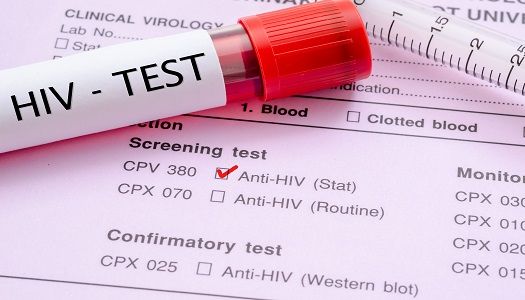Article
Brown University Team Proposes Nine-Step PrEP Program
Author(s):
Breaking down the PrEP process into specific steps can help providers and patients.

A nine-step program could help keep more people at high risk for HIV engaged in pre-exposure prophylaxis (PrEP) care.
Although PrEP has proven to significantly cut the risk of contracting HIV, it only works if people continuously take the daily pill. Adherence to the drug regimen remains one of the biggest challenges of prevention and researchers have looked at various ways to achieve it. A team from Brown University in Providence, Rhode Island is the latest to take a crack at developing a strategy.
The physicians drew from their own experiences with different PrEP strategies to help them design a new system. Their thinking was that using a program with specific steps would make the process a continuum. This would encourage patients to stay on track as well as assist providers in assessing patients’ progress.
“It’s helpful to visualize PrEP care as a continuum, because patients can drop out at any point on this long continuum,” co-author, Philip Chan, MD, assistant professor of medicine at Brown’s Warren Alpert Medical School and an infectious disease physician at Miriam Hospital, explained in a news release. “We are providing a framework for how we can identify and assist people who are at high risk for acquiring HIV to stay uninfected.”
Previous research has looked at four-step programs to track patients in the PrEP process. Those steps include: identifying those at risk, increasing PrEP knowledge, ensuring access to PrEP, and ensuring medication adherence. However, the Brown researchers said that the steps are too general and leave gaps.
The nine-step program gets more specific:
1. Identifying individuals at highest risk for contracting HIV
2. Increasing HIV risk awareness among them
3. Enhancing PrEP awareness
4. Facilitating PrEP access
5. Linking to PrEP care
6. Prescribing PrEP
7. Initiating PrEP
8. Adhering to PrEP
9. Retaining individuals in PrEP care
The team conducted a study last year which showed that 60% of individuals who signed up for PrEP remained in care after six months. So this more step-specific program could help increase that percentage.
“Important research trials and CDC-funded demonstration projects have proven PrEP was overwhelmingly effective in reducing HIV acquisition,” explained lead author, Amy Nunn, ScD, MS, associate professor at Brown’s University School of Public Health. “But it’s time to move beyond research trials to implement and study how to scale PrEP in safety net and primary care settings, where it’s need most.”
Next up in this area of research is to understand when and why patients are lost to follow-up. Do they just not want to take the medication due to side effects? Or does their health insurance play a part?
The study, “Defining the HIV Pre-Exposure Prophylaxis Care Continuum,” was published in the journal AIDS. The news release was provided by Brown University.
Related Coverage:
Brief Intervention Goes a Long Way for PrEP Adherence
NYC Shows the Importance of HIV, Hepatitis C Screenings in the ER
CDC Announces National HIV Infection Decline, But It’s Not All Good News





